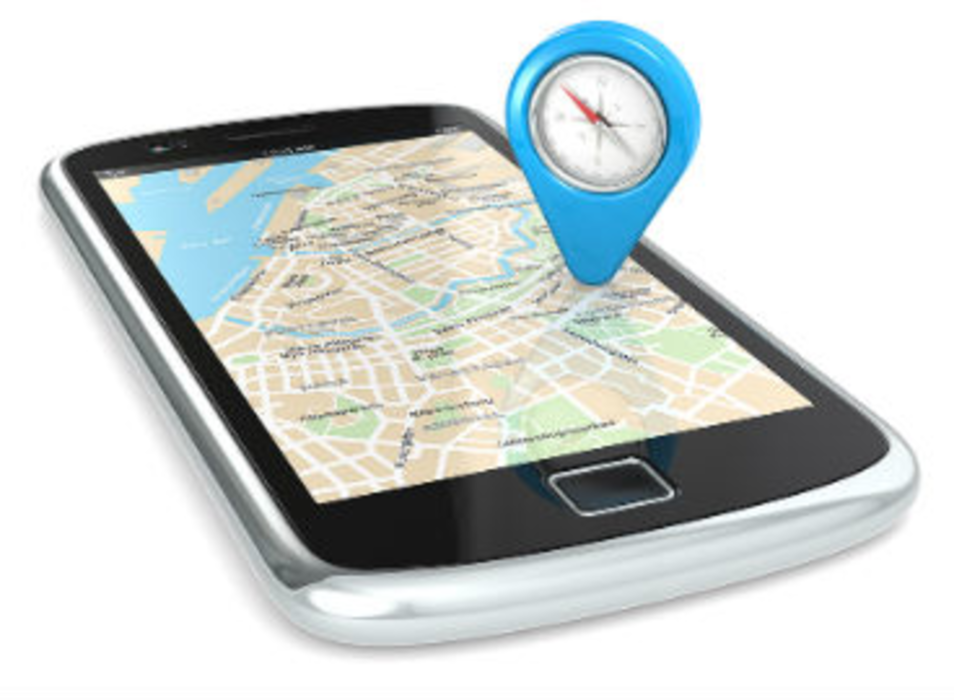It’s easier, and more practical than ever, to zero in on locality in today’s always-on, constantly connected, and hyper-personalized marketing environment.
Brands such as Coca-Cola and McDonald’s are examples of companies that infuse local flavor with brand values to increase relevance. For example, though McDonald’s overall customer experience remains consistent globally, a Latin American customer’s experience on the restaurant chain’s website varies considerably from what a customer in the United States might experience.
Ideally, all brands would factor users’ geographic location as tightly into the equation as Coke or McDonald’s, but that’s not quite the reality. For many businesses, localization stops at the “select your language” page with surprising regularity, highlighting a thoroughly missed opportunity for brands to engage with users in a relevant way. “Realizing the power of location as an audience tool is a secret weapon for marketers,” says Dan Silver, director of marketing at mobile ad tech provider xAd.
Factoring location into personalization strategies has always been preferable. Technology hasn’t always supported this need, but the advances brought on by the digital revolution make this level of personalization both possible and necessary—if companies are to meet customer expectations. Here, several experts, including Silver, explain steps that marketers can take to optimize their marketing with respect to geography and location.
Be sure the location is accurate
“Marketers must understand that up to 80% of location signals are inaccurate. Before even thinking about messaging, make sure your inventory is 100% location verified,” xAd’s Silver advises.
Just as marketers should keep email records updated, so too should they verify location data. After all, why waste precious marketing budget on pushing irrelevant offers? “Imagine trying to personalize a message to a consumer at a baseball stadium, when in reality that consumer is across town in a coffee shop,” Silver says. “How effective could that messaging possibly be? ”
Alter the offer
As the saying goes, different strokes for different folks. Savvy marketers should consider the adage in terms of location-based marketing and alter offers and messaging in accordance with their customer’s location. “Your preferences in one location can be wildly different from someone else’s, even in the same country,” says Daniel Toubian, principal consultant for retail and e-commerce brands at Maxymiser, a cloud-based personalization and testing solutions provider. “The goal is to identify those preferences and modify your marketing with them in mind.”
Understand cultural nuance
Super Bowl season is special to American audiences and marketers. Brands go all out on content that references the big game, often resulting in engagement spikes. Just as domestic marketers understand the cultural impact of the Super Bowl in the States, they should be privy to similar obsessions in the international markets they serve. “It’s not just how reach [your audience] on digital channels, but how you engage with them. That engagement has a lot to do with an understanding of local cultures and local nuances,” says Maren Lau, CMO at media and business services provider IMS Internet Media Services.
Go deeper than language
Language is one of the more easily adjusted levers in international localization Even with a familiar language, a consumer can still find email or website design foreign. If marketers can increase engagement by altering a website, shouldn’t they? “Language is just the beginning. Someone in Brazil will obviously want to see a site in Portuguese versus English,” says Maxymiser’s Toubian. “Localization effects extend [beyond that]. More colorful styles [on the page] may be relevant for the Portuguese because they may favor those design elements.”
Listen well
Beyond simply monitoring customers’ location and taking action based on that information, marketers should enhance locations data by listening to their audience. Today’s consumers are using social media and other digital channels to communicate with and about brands and preferences. “When you’re trying to optimize locally there’s geolocation, analytics, and the like, but you need to make sure you’re listening to your audience,” says IMS’s Lau. “Successful brands combine the technical aspects of localization with social listening and local nuances.”








